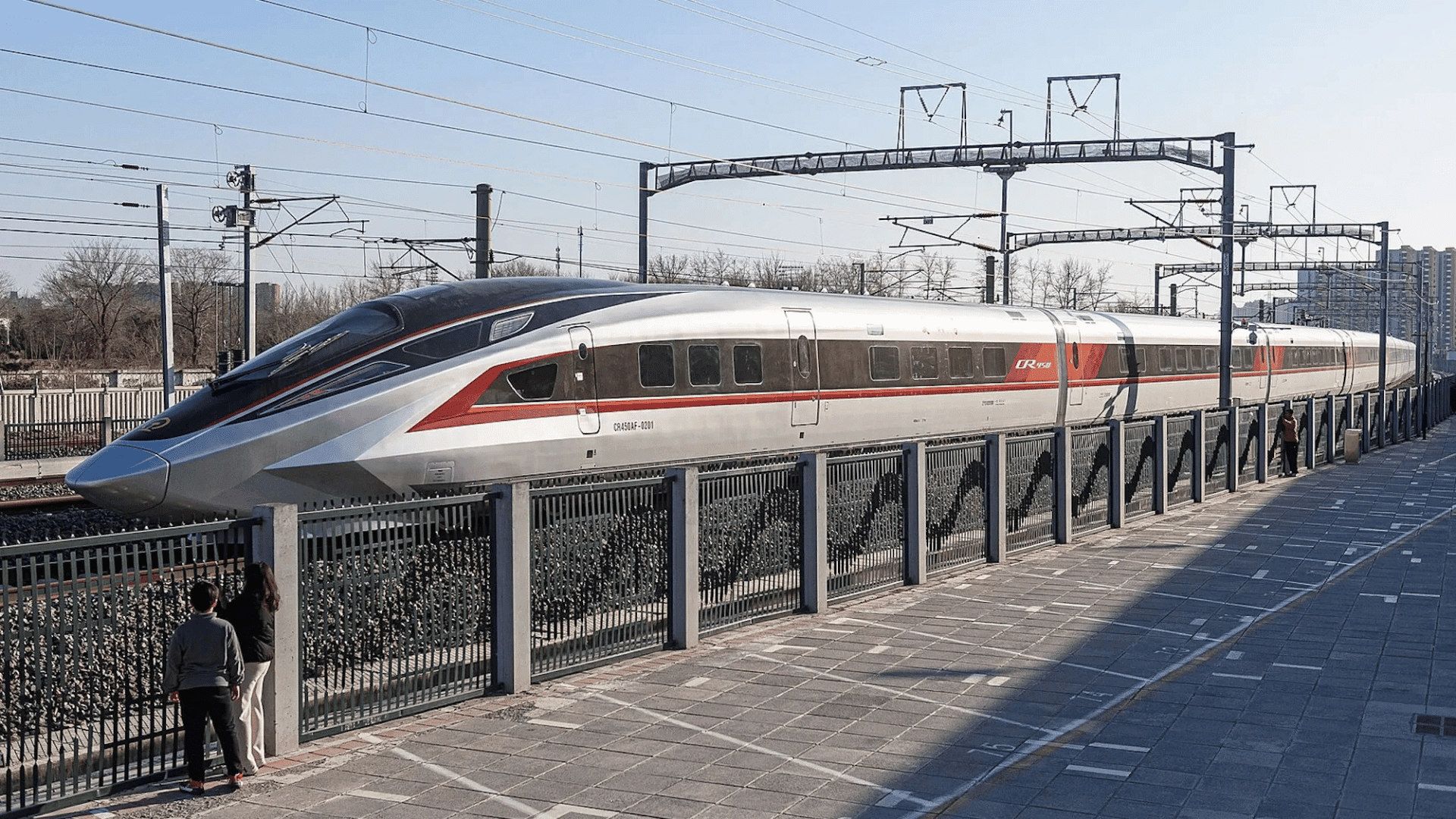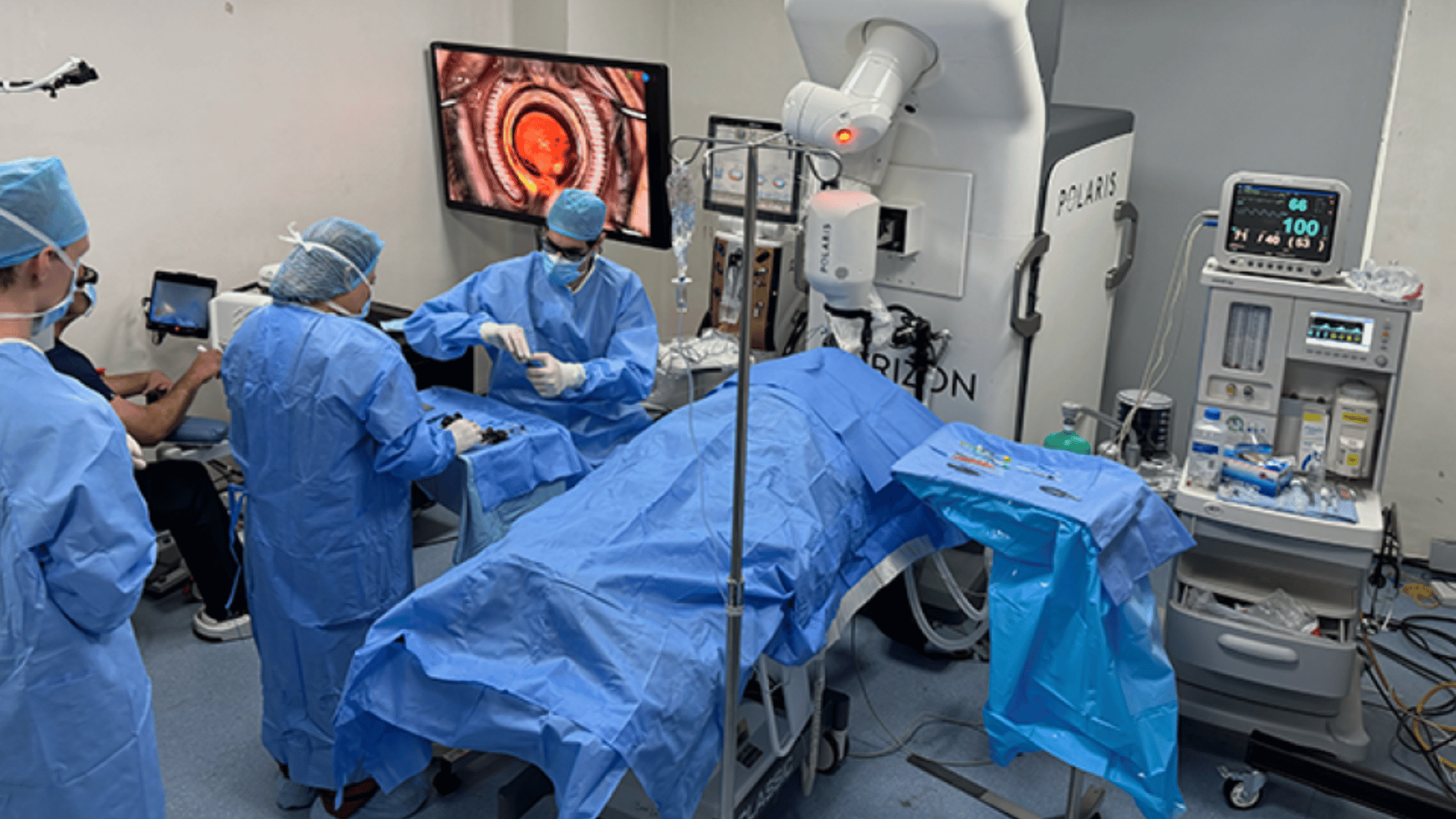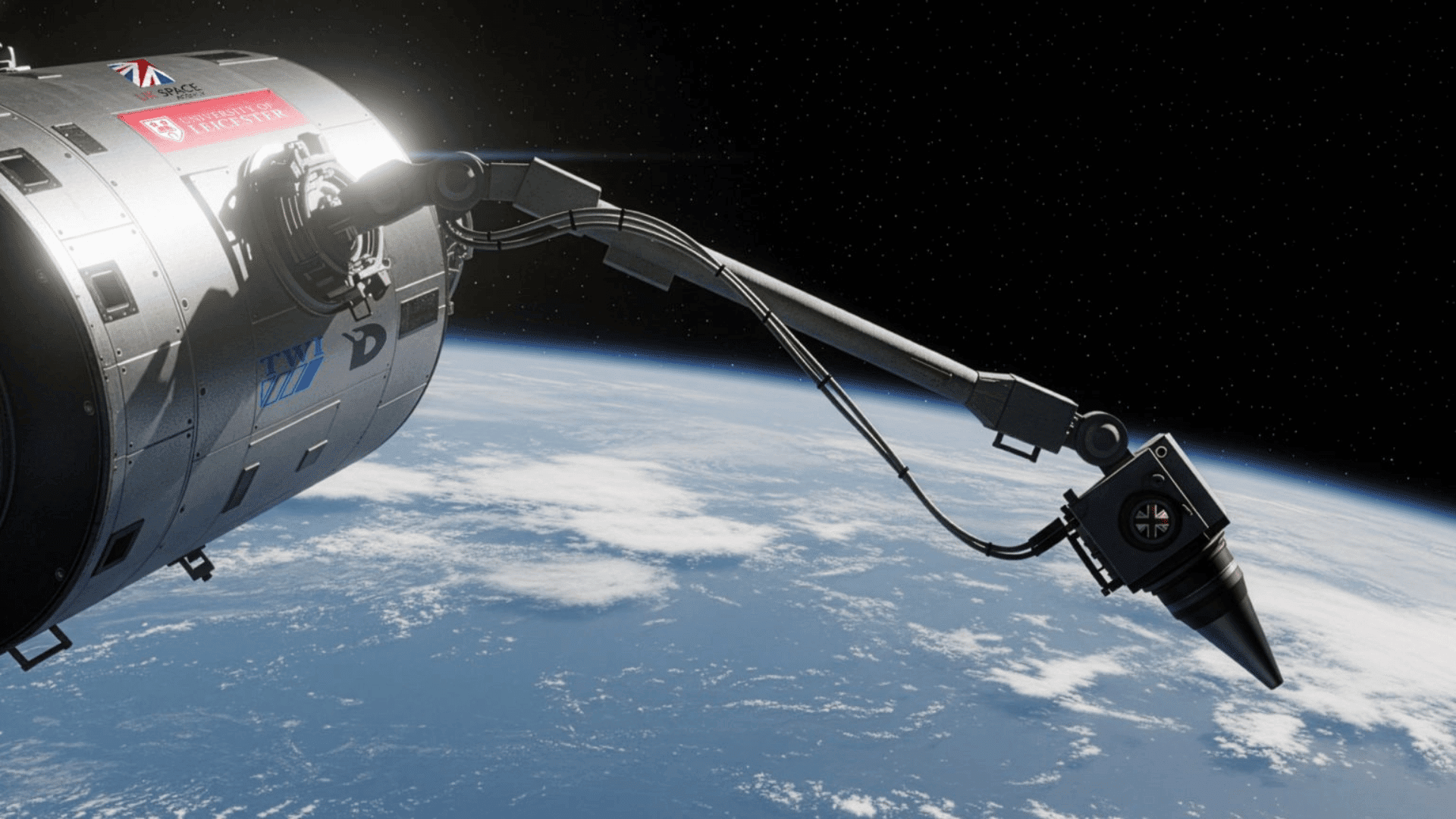Pre-service trials have begun for CR450, the world’s fastest bullet train, which reached speeds of up to 281 mph (450 km/h) in trials.
The CR450 prototype was presented last November, achieving a top speed of 249 mph (400 km/h). The train reportedly underwent continuous testing across all metrics.
World’s Fastest Bullet Train

Currently in its final testing stage, the train must achieve 373,000 miles (600,000 kilometers) of operation before being cleared for commercial services. The train has significantly surpassed the fastest speed record previously achieved by CR400 Fuxing trains.
The train achieves its speed due to certain structural enhancements that are inspired by high-performance cars. For example, to reduce drag, the nose cone was increased from the 41 feet (12.5 meters) present on 217 mph trains to 49 feet (15 meters). Drag reduction was a top priority for the design as it helped achieve the high level of acceleration.
The train also has fully enclosed bogies and lower skirt panels beneath carriages. CR450’s height was reduced by 8 inches (20 centimeters), decreasing the weight by 55 tons. These innovations have helped the train reduce its overall resistance by 22 percent.
The CR450 can accelerate from 0 to 350 km/h in 4 minutes and 40 seconds. This is 100 seconds faster than the existing Fuxing EMUs, which are trains made of self-propelled, electric-powered carriages that don’t require a separate locomotive. These types of trains take 6 minutes and 20 seconds to reach the same speed.
CR450 is manufactured by subsidiaries of the China Railway Rolling Stock Corporation (CRRC). Over the course of five years of research and testing, advancements have been measured in minute increments, as small as 0.1 percent. First started as a project by China State Railway Group in 2021, the goal is for the train to enter commercial operations in 2026.







